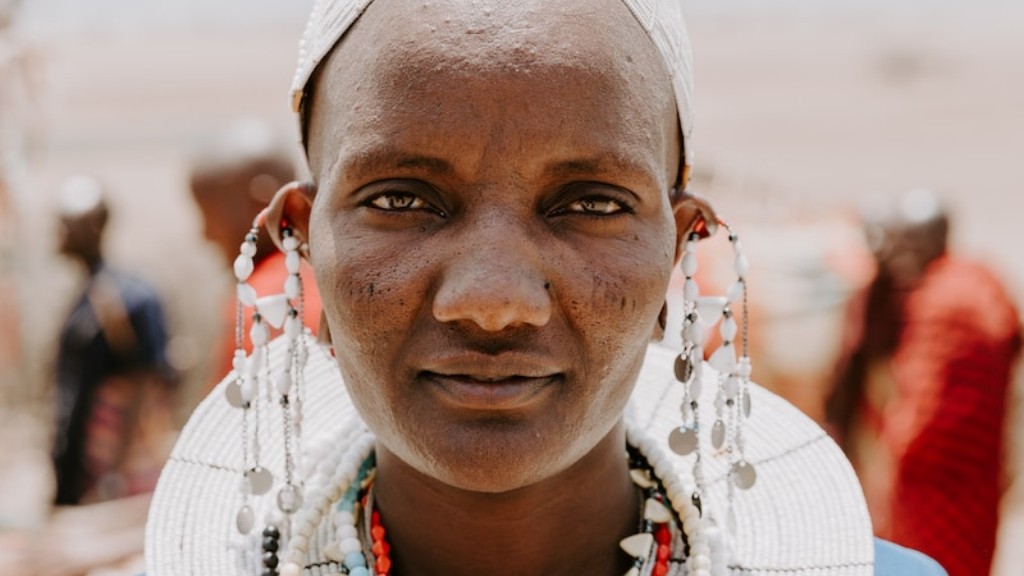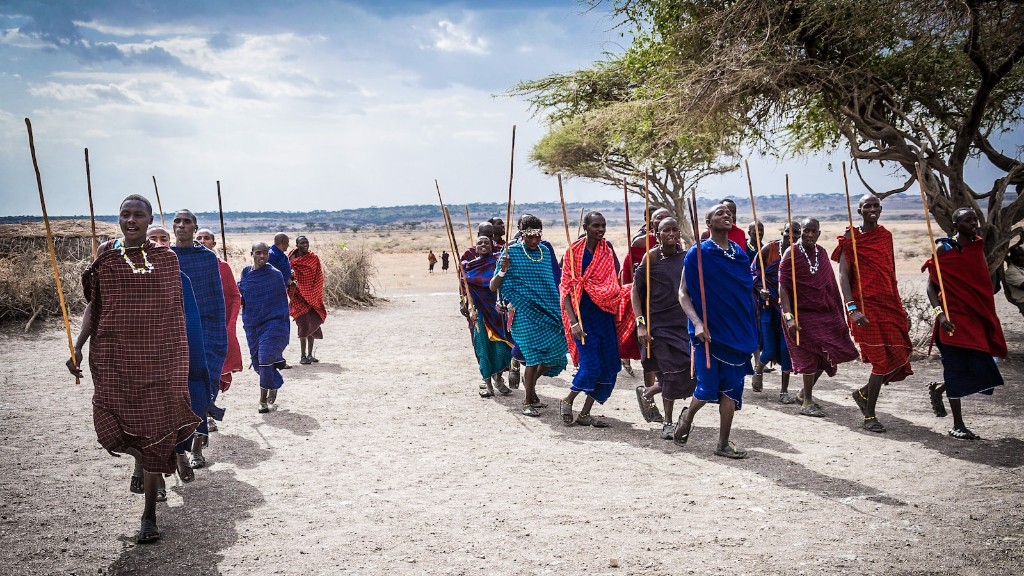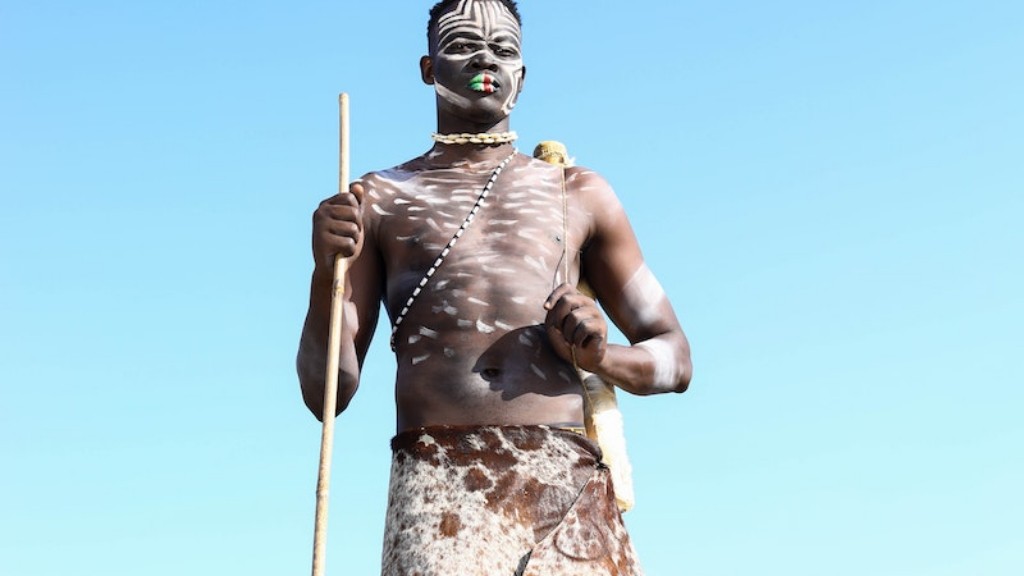Map of Africa Showing Tribes
Africa is a continent rich in cultural diversity, with a multitude of tribes that have shaped its history and heritage. These tribes have unique traditions, languages, and customs that have been passed down through generations. Understanding the distribution and diversity of tribes in Africa can provide valuable insights into the continent’s social fabric and historical development.
One of the most fascinating aspects of Africa is its linguistic diversity. The continent is home to an estimated 2,142 languages, spoken by different tribes across various regions. This remarkable diversity can be observed on a detailed map of Africa, which showcases the vast array of tribes spread throughout the continent.
For instance, in West Africa, the Hausa, Yoruba, and Igbo tribes are dominant, each with their own languages and cultural practices. The Hausa people are known for their rich cultural heritage, particularly in areas such as arts, music, and storytelling. The Yoruba tribe, on the other hand, takes pride in their artistic traditions, particularly in the realm of sculpture and pottery. The Igbo tribe has made significant contributions to literature, education, and commerce in Nigeria.
In East Africa, the Maasai tribe stands out for their distinctive customs and way of life. They are known for their nomadic lifestyle, cattle herding, and vibrant traditional attire. The Maasai are also famous for their intricate beadwork, which holds both cultural and economic significance.
Southern Africa is home to diverse tribes such as the Zulu, Xhosa, and San people. The Zulu tribe, led by the legendary King Shaka, played a crucial role in shaping the region’s history. Their distinct language, Zulu, is widely spoken in South Africa. The Xhosa tribe is renowned for its oral traditions, with storytelling playing a central role in their culture. The San people, also known as the Bushmen, have a deep spiritual connection with their natural surroundings and are considered one of the oldest tribes in Africa.
Experts believe that the distribution of tribes in Africa can be traced back to ancient migration patterns and the impacts of colonialism. These factors have influenced the geographical spread and cultural practices of different tribes. Mapping the tribes of Africa provides a visual representation of these historical and societal dynamics.
It is important to note that while mapping tribes can be informative, it should not be used to stereotype or marginalize communities. The tribes of Africa are diverse and dynamic, with significant intermingling and cultural exchanges. The boundaries on the map should be seen as a mere representation of general territories.
Exploring Tribal Identity
Tribal identity is a complex concept that goes beyond just language and customs. It encompasses a sense of belonging, shared history, and a collective consciousness. Understanding tribal identities is crucial for comprehending the intricate social dynamics within African societies.
Several factors contribute to the formation and preservation of tribal identity. Geographical location, historical events, intermarriage, and interactions with other tribes all play a role. Tribal identity also interacts and intersects with national and regional identities, adding another layer of complexity to the narrative.
Through the study of tribal identities across Africa, researchers gain insights into various aspects of society, including social hierarchies, power dynamics, and religious beliefs. It also highlights the resilience and adaptability of tribes throughout history.
Impacts of Colonialism on Tribal Distribution
Colonialism had a profound impact on the distribution and cultural landscapes of tribes in Africa. The arbitrary division of land and the imposition of artificial borders by colonizers led to the fragmentation of tribal territories. This had long-lasting consequences on social cohesion, economic systems, and political structures.
The colonial legacy can still be seen today, with some tribes split across different countries or marginalized within national boundaries. This has often resulted in tensions and conflicts arising from disputes over resources, power imbalances, and struggles for self-determination. However, it is essential to approach these discussions with sensitivity and emphasize the agency and resilience of tribal communities, rather than defining them solely by their colonial history.
The Importance of Cultural Preservation
Preserving the cultural heritage of African tribes is vital for maintaining diversity, fostering cultural exchange, and promoting sustainable development. It allows tribes to assert their unique identities and contributes to the overall richness of African societies.
Efforts to preserve tribal cultures include supporting indigenous languages, promoting traditional arts and crafts, and creating spaces for intergenerational knowledge transfer. Indigenous peoples and tribal leaders are increasingly recognized as important stakeholders in shaping policies that affect their communities.
Moreover, fostering an appreciation for Africa’s tribal heritage can promote a more nuanced understanding of the continent and counteract stereotypes and misconceptions that often prevail in mainstream narratives.
Conclusion
The map of Africa showing tribes provides valuable insights into the continent’s rich cultural diversity and historical development. Africa’s tribes are not static entities but rather dynamic communities with unique traditions, languages, and customs. Understanding the distribution of tribes helps us appreciate the intricacies of tribal identities, explore the impacts of colonialism, and recognize the importance of cultural preservation.




